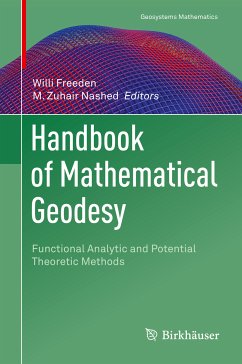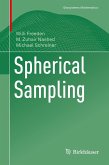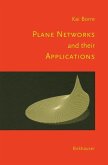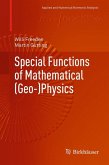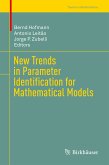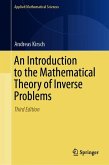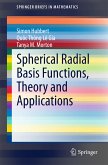Written by leading experts, this book provides a clear and comprehensive survey of the "status quo" of the interrelating process and cross-fertilization of structures and methods in mathematical geodesy. Starting with a foundation of functional analysis, potential theory, constructive approximation, special function theory, and inverse problems, readers are subsequently introduced to today's least squares approximation, spherical harmonics reflected spline and wavelet concepts, boundary value problems, Runge-Walsh framework, geodetic observables, geoidal modeling, ill-posed problems and regularizations, inverse gravimetry, and satellite gravity gradiometry. All chapters are self-contained and can be studied individually, making the book an ideal resource for both graduate students and active researchers who want to acquaint themselves with the mathematical aspects of modern geodesy.
Dieser Download kann aus rechtlichen Gründen nur mit Rechnungsadresse in A, B, BG, CY, CZ, D, DK, EW, E, FIN, F, GR, HR, H, IRL, I, LT, L, LR, M, NL, PL, P, R, S, SLO, SK ausgeliefert werden.
"The Handbook of Mathematical Geodesy presents a remarkable achievement. The book bridges the gap between the abstract work of the mathematicians and the practically oriented measurements of the geodesists. ... the book is broadly planned, and it presents the present state of knowledge." (Karl-Rudolf Koch, International Journal on Geomathematics GEM, Vol. 10, 2019)

